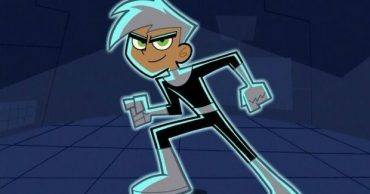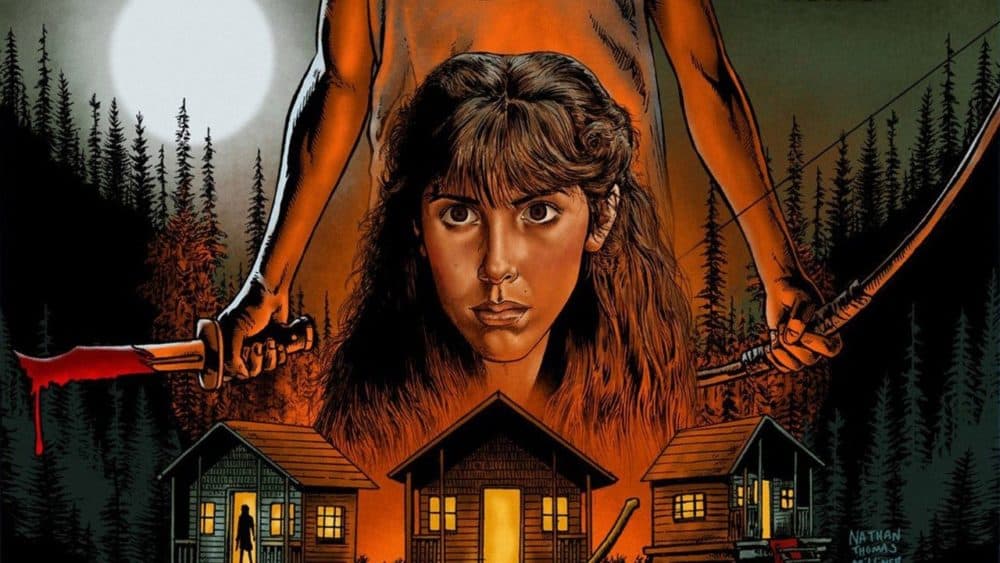
As I’m watching my way through the Friday the 13th movies in preparation of this week’s own Friday the 13th, one of the aspects of the series that I really latched onto — at least early in its life cycle — was just how different it was compared to other slasher movies being produced in the wake of John Carpenter’s seminal Halloween (1978). You see, Friday the 13th (1980) came out a mere two year’s after Michael Meyers’ cinematic debut, in a nebulous sort of environment where all of the pieces that would eventually become codified into the slasher subgenre were out in the world, but hadn’t quite coalesced yet into the ironclad formula that would define horror for the next two decades. As such, a lot of movies early in this cycle diverged from the soon-to-be-established formula in a number of interesting and, at least from a modern audience’s perspective, refreshing ways.
Take the original Friday the 13th for example. Despite loosely following the outline laid down by Halloween before it, it actually borrows from a great many genre sources besides it. The final scare that it used to punctuate the killer’s murder spree and leave the exiting audience on an exciting high-note (itself a soon-to-be genre staple) was taken from Brian De Palma’s Carrie (1976), a Stephen King adaptation about a bullied girl who snaps after an especially cruel prom prank and kills all of her classmates with her telekinetic powers. Like De Palma’s film, Friday the 13th ends with a dream sequence in which a supposedly dead character briefly comes back to life in order to assault our Final Girl.

The film also drew heavily on the Italian Giallo genre: a mix between Psycho (1960) inspired slashers and mysteries, which generally played out like mysteries where a masked killer dispatches his victims in especially brutal manners while the police and other sleuths try to figure out who’s responsible. You can see that genre’s influence in the way that the identity of the film’s killer, Pamela (not Jason) Vorhees, remains a complete mystery until its final scenes (where she remained off-camera during all of her preceding kills). That’s a trait that’s completely abandoned by the middle of the decade, when celebrity slashers took over as these movies’ de facto protagonists instead of their increasingly numerous victims.
And, of course, unlike virtually every other slasher of the era, Mrs. Vorhees was a woman. One of the few hard-and-fast rules that seemed to develop (even early into the slasher’s life cycle) was the strict gender roles of killers (exclusively male) and survivors (exclusively female). In fact, that’s the narrative foundation of the Final Girl, perhaps the most important and enduring feature of the entire subgenre: a virginal female taking arms against her male killer, defeating him (usually with his own, phallic weapon) and subsequently reverting to an infantile state in the aftermath, brought low by the knowledge that all of her friends are dead.
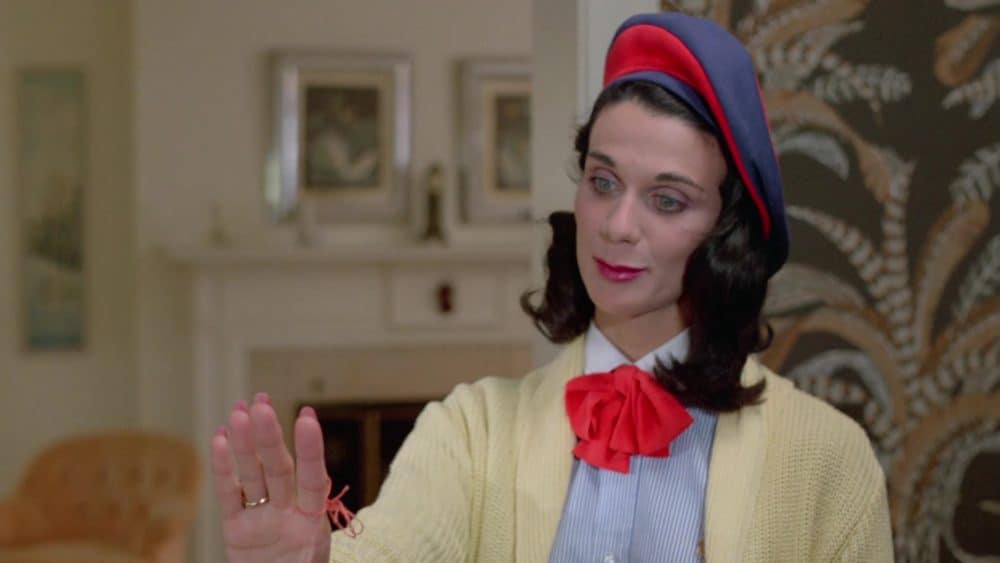
The ignorance, subversion or sidestepping of these now-sacrosanct conventions of the slasher films is one of the reasons why it’s still so enjoyable to watch the early Friday the 13th movies. In additional to being serviceable genre entries in and of themselves, there’s an added layer of the unexpectedness that comes with the ways in which they fail to conform to later movies of their stripe.
But, of course, Friday the 13th wasn’t the only early slasher movie to defy the subgenre’s soon-to-be-solidified conventions, even if it was the most popular (and, perhaps, even best) set of movies to do so. In fact, several movies immediately spring to mind for doing the exact same thing as Sean Cunningham’s bloody “body count” film. And for my money, at least, the best and most startling of these is the cult classic Sleepaway Camp (1983).
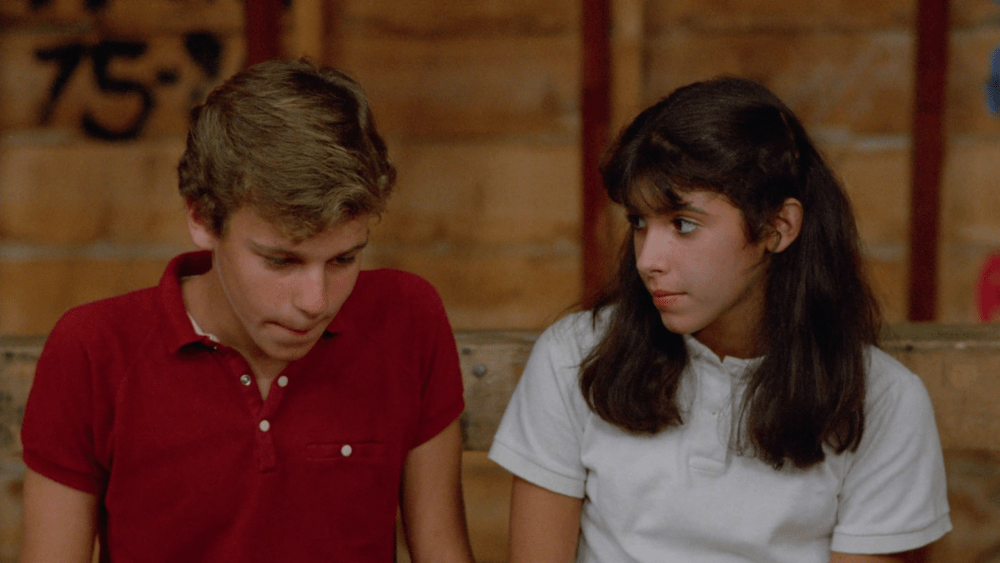
After a tragic boating accident leaves her orphaned, young Angela Baker (Felissa Rose) is raised by her visibly unhinged aunt (Desiree Gould) and her protective cousin Ricky (Jonathon Tierston). When the two cousins are sent off to summer camp, Angela becomes a lightning rod for her bullying peers, who torment her mercilessly despite Ricky’s violent, retaliatory outbursts. But soon her tormentors start turning up dead, leaving everybody, from outspoken Ricky to Angela’s new beau Paul (Christopher Collet) as suspects in the killings.
Taken on its own merits, Sleepaway Camp is as good an entry into the early slasher cycle as any of the Halloween imitators. It’s kills are satisfactorily gruesome — with particularly excellent gore and makeup effects to drive them home — and features a surprisingly complicated series of interpersonal relationships that are both entertaining to watch play out but also color exact who we’re lead to believe the killer is throughout the movie (which often varies from scene to scene). The scenes are all well written, the characters well-realized and the film concludes with a twist ending so shocking that it ensures it a healthy cult status to this day (which, don’t worry, I won’t spoil here).
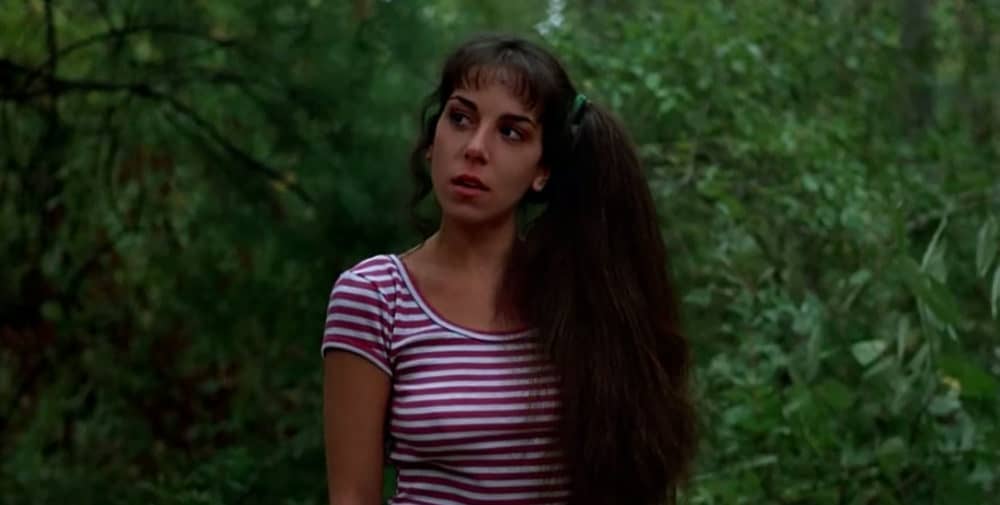
But like Friday the 13th, a lot of the fun of watching Sleepaway Camp today comes from all the fascinating ways that it diverges from modern slasher expectations. Similar to that movie, the identity of the killer is withheld from the viewer until the final minutes of the film: with the mystery surrounding the killer’s identity being a central plot point that both drives the plot forward and colors how we view certain characters and certain points in its run time. And rather than the expected teenage victims that typically people the genre, Sleepaway Camp‘s victims (outside of a few teen counselors) are all pre-teen children: some of which are unquestionably in the single-digits years old. And then, of course, there’s the twist ending, which itself constitutes a massive departure from what we’d otherwise expect from movies like this.
Outside of a some deeply unsettling scenes of homophobia and Desiree Gould’s caricaturishly stagey acting, there really isn’t all that much to drag this movie down. The acting (despite coming overwhelmingly from children) is all serviceable, the script is solidly written, all of the twists and turns along the way are earned and the kills are some of the most gruesome from this period of film. It’s a great entry into the slasher cycle that fans looking for something different will absolutely devour when they see it.
 Follow Us
Follow Us



